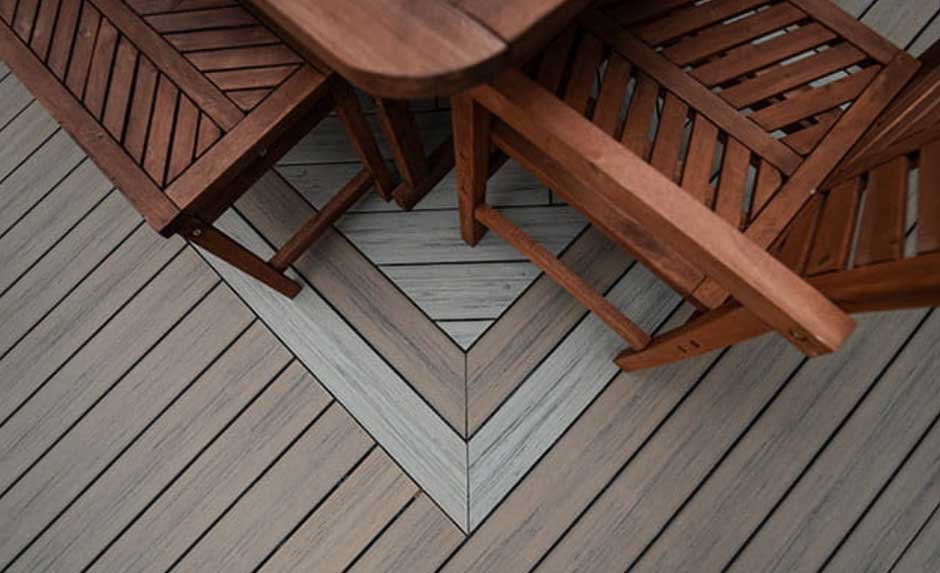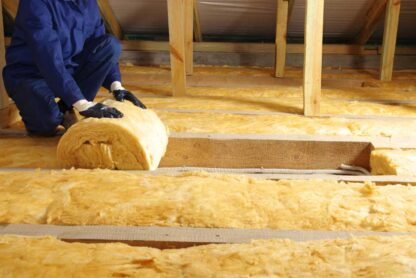Thinking about building a composite deck? You’re not alone! Composite decking has become a popular choice among DIY enthusiasts and homeowners alike, thanks to its durability, low maintenance, and aesthetic appeal. But before you roll up your sleeves and get started, Blue Roof Property Management says that it’s crucial to understand the costs involved. Let’s break down everything you need to know about the expenses associated with building your very own composite deck, from materials to labour and beyond.
Initial Cost Considerations
Material Costs
Let’s dive into the first major expense: materials. The type of composite decking board you choose will significantly affect your overall costs. For example, capped composite boards—those that have a protective layer—tend to be more expensive but offer superior durability and stain resistance. Prices generally range from £20 to £40 per square metre, depending on the brand and quality.
To give you a rough estimate, if you’re looking at a standard deck size of around 20 square metres, you could be looking at a total material cost between £400 and £800 just for the decking itself. If you want help with installation, here’s a guide.
Substructure Materials
Next up are the substructure materials. This includes everything from pressure-treated lumber for framing to brackets and screws. While the decking boards might steal the show, a solid foundation is essential for a sturdy deck. Depending on the quality and type of materials you choose, expect to spend an additional £200 to £500 on substructure materials for an average-sized deck.
Additional Materials
Don’t forget about the additional materials! Railings, steps, and even lighting can add to your project’s overall cost. For instance, railings can range from £30 to £100 per linear metre, while basic steps could set you back another £200 or so. Depending on your design choices, it’s wise to budget an extra £300 to £600 for these elements.
Labour Costs
DIY vs. Hiring Professionals
Now, let’s talk about labour costs. One of the most significant advantages of a DIY project is the potential to save on labour. If you decide to take on the project yourself, you’ll only need to consider your time investment. However, if you opt to hire professionals, you might be looking at labour costs of £20 to £40 per hour, or about £80 to £150 per square metre.
Time Commitment
As for the time commitment, if you’re a beginner, building a composite deck might take you anywhere from a weekend to a couple of weeks, depending on your pace and the complexity of your design. It’s important to factor in how much your time is worth; taking time off work to complete the project can also impact your overall budget.
Tools and Equipment Costs
Essential Tools for Building
Now, let’s not overlook the tools you’ll need. If you’re building the deck yourself, essential tools like a circular saw, drill, measuring tape, and safety gear will be necessary. If you don’t already own these tools, budget around £200 to £400 for purchasing them. If you prefer, you can also rent tools, which can save you money, especially if you only need them for a short period.
Optional Tools for Enhanced Results
For those who want to make their project even smoother, investing in additional tools, such as saw guides or a pneumatic nailer, can make a difference in efficiency and finish quality. While not strictly necessary, these can enhance your overall building experience.
How to Use Your Decking All Year Round
Are you still debating whether you can really use decking in your garden? While it’s often associated with a space for the summer, it can be used all year round when you take care of it. For example, you can have somewhere to barbeque or play with your pets if you want to keep them off the grass. The key is to know how to maintain the decking so that it’s suitable for use at any point in the year. Here are some tips that can help you do that.
Keep it Clean
First, you ned to have an outdoor space that you want to spend time in. During the winter, everything can get wet and green. The leaves can pile up from autumn and you don’t feel like you want to clean up every time you’re outside. So, is there a way around this? The answer is yes. The key is to always keep the decking clean by sweeping up regularly and washing down a few times a year. This means that you can go out and use it straight away without having to get rid of the mess.
Invest in Lighting
The sun goes down early during the winter. But, this doesn’t mean that you have to come inside. Instead, make sure there’s ample lighting on your decking. This will illuminate the space and make it feel cosy. If you’re looking to keep the cost down, you can always look at solar lights, which are usually cheaper to buy. Just ensure that they’re going to be located somewhere that gets the winter sun.
Get an Outdoor Heater
Are you worried that it’s going to be too cold to spend time outside on the decking? You can change this when you have an outdoor heater. This is going to provide you with the boost of heat you need, plus a nice glowing light that can feel relaxing. There are also cool fire pits you can choose from, which can be a nice element for the family to enjoy.
Conclusion
Understanding the costs associated with building a composite deck is essential for any DIYer. By planning your budget carefully and considering both upfront and long-term costs, you can make informed decisions that will save you money and headaches in the future.









